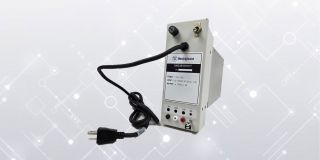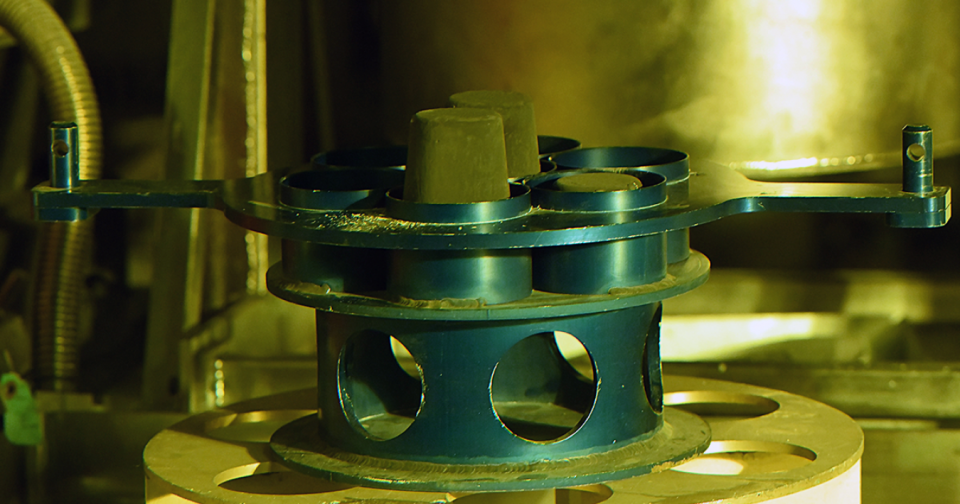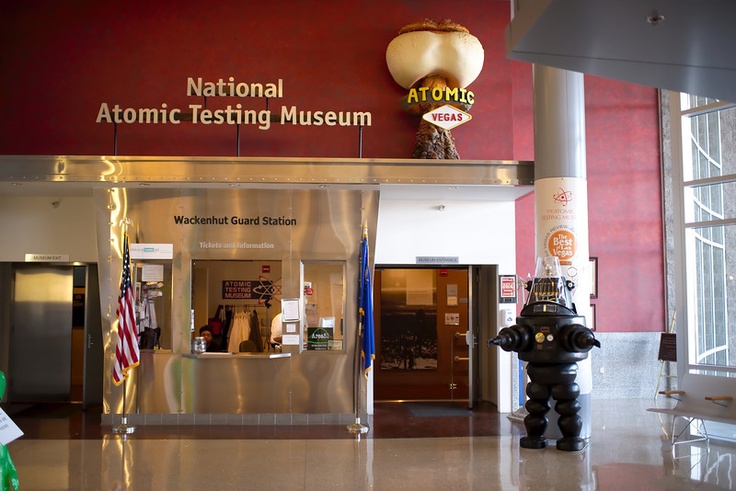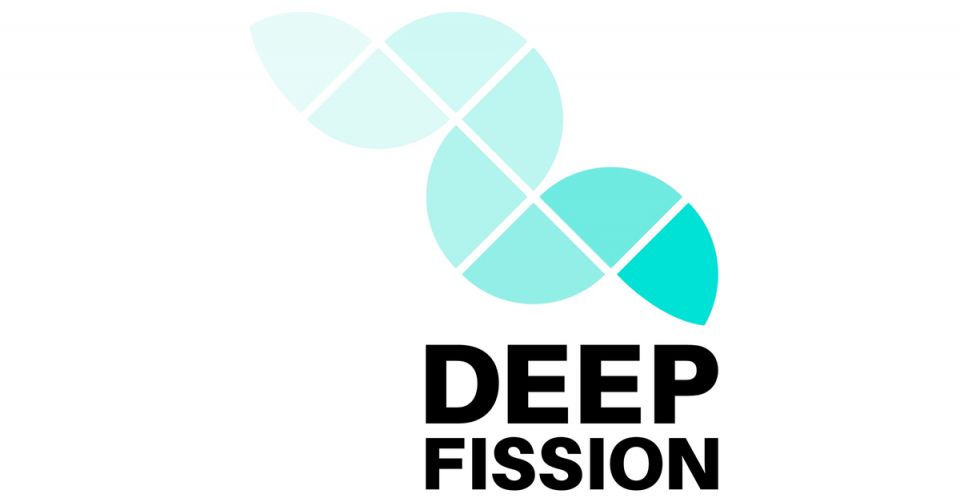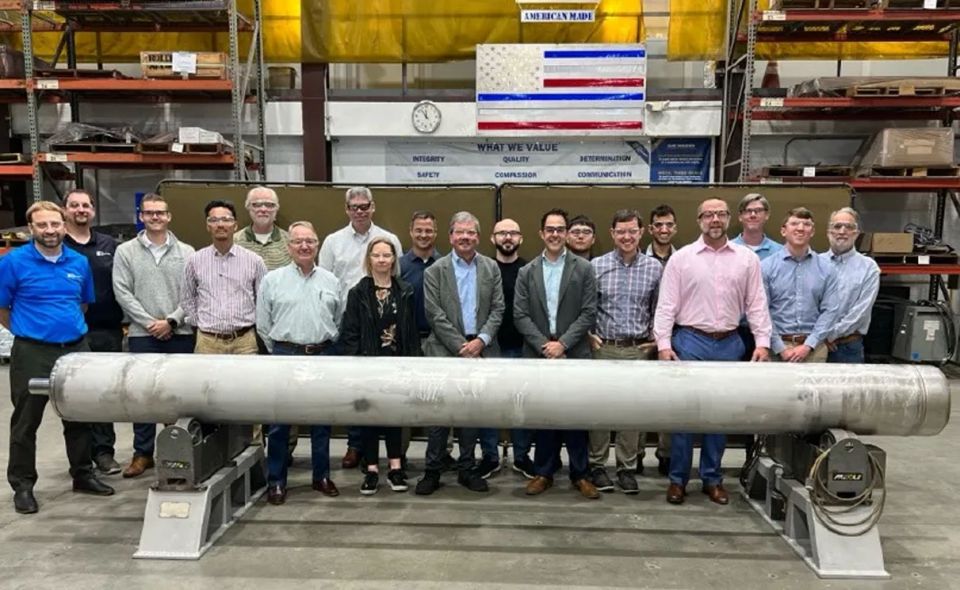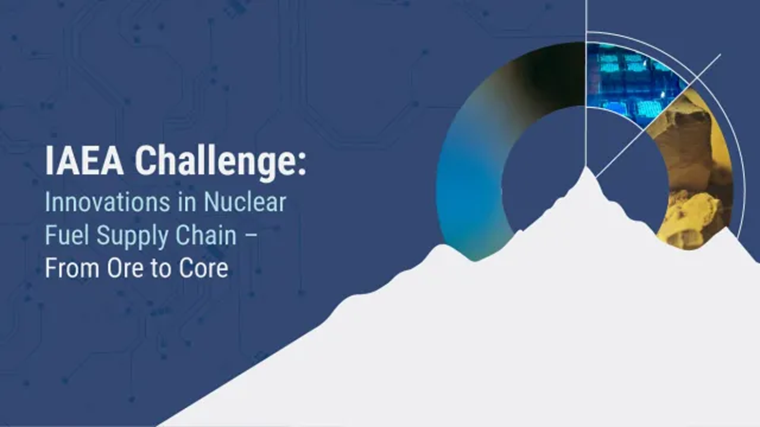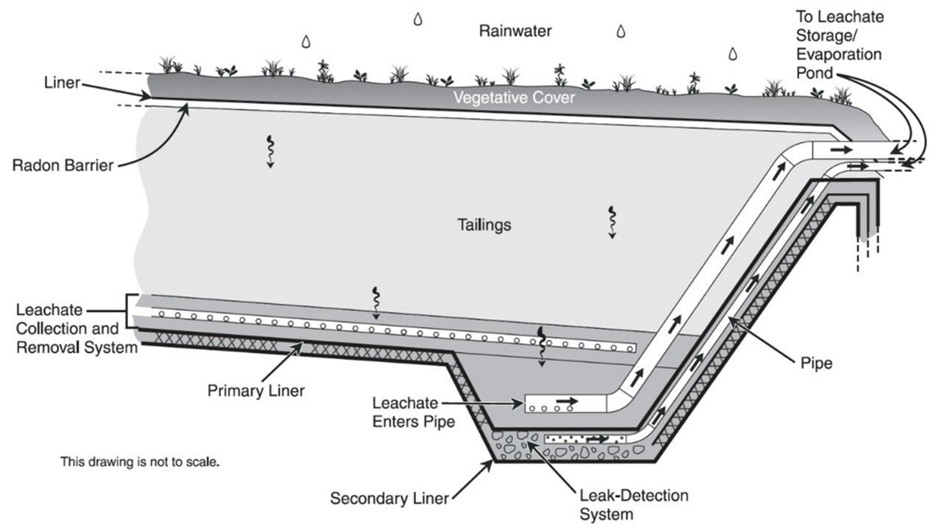"We need a productive and secure HALEU supply chain to support the advanced reactors that will play a key role for energy security and in our clean energy future,” said Michael Goff, the DOE’s principal deputy assistant secretary for nuclear energy. “Through this funding opportunity, DOE will encourage technological advancements to provide industry additional options in the buildout of that supply chain.”
The opportunity: The DOE wants applications for projects that would address technology gaps, enhance current processes to produce HALEU, and advance new technologies that could reduce risk, increase production, or reduce costs. While the funding opportunity does not name specific technologies of interest, projects concerned with the back end of the fuel cycle are not eligible.
Topic Area 1 funding will support demonstration projects at engineering or pilot scale intended to allow developers to gather process and performance data to enable near-term commercial implementation.
Topic Area 2 funding will support applied R&D at a laboratory scale with the intent of process validation and characterization. These projects should rest on a strong scientific basis but may be relatively higher risk, given their low level of technological development.
The new opportunity was announced as part of the HALEU Availability Program. In October, the DOE selected four companies to provide enrichment services and six companies to provide deconversion services.
On the money: The total available funding under all topic areas is $80 million over five years. Up to $40 million is available under each topic area. While Topic Area 1 includes up to two demonstration projects and requires a minimum cost share of 50 percent, Topic Area 2 includes up to 10 research and development project awards and requires a minimum cost share of 20 percent.

